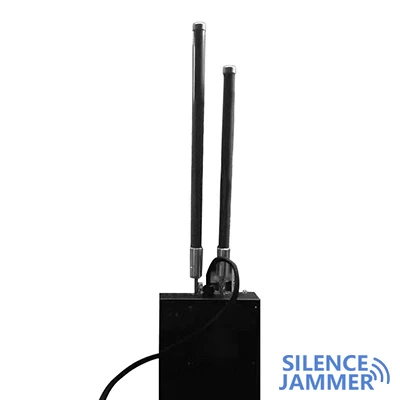Background of the development of the (RFDEW) drone jammer system

The UK is actively promoting the improvement of its electronic warfare capabilities, and one of the key projects is the development and testing of the radio frequency directed energy weapon (RFDEW) system. The principle of this system is the same as that of drone signal jammers, which transmits radio waves to interfere with or damage the key electronic components of drones, so that the target stops flying or falls from the air. According to the plan of the UK Ministry of Defense, the system will be evaluated in the field in the next few months and is expected to be put into use by the British armed forces in the next few years.
Low-cost and high-efficiency strike capability of the RFDEW system
A notable feature of the RFDEW system is its extremely low strike cost. The cost of each launch is only 0.10 pounds (about 0.12 US dollars), making it an economical and efficient alternative to traditional missile-based air defense systems. In contrast, missile systems are expensive and complex to use, while the RFDEW system can instantly shoot down threatening drone swarms in a shorter time and at a lower cost.
In addition to its cost advantage, the RFDEW system also has excellent operational convenience. The system is highly automated and designed to require only one operator to complete the task. This single-operation capability makes the system very suitable for deployment in defense missions to protect critical assets and bases, which not only improves efficiency but also reduces the pressure on human resources.
The RFDEW system is designed to deal with a variety of land, air and sea threats, and its current range is 1 km. The UK Ministry of Defense is working to expand the system's range to enable it to protect important areas more widely. This extension will further enhance the system's application potential in complex combat environments and provide the UK Armed Forces with greater tactical flexibility.

The development of the technology is jointly led by the Defense Science and Technology Laboratory (Dstl) and the Defense Equipment and Support (DE&S) in collaboration with the UK industry. This joint development effort under the Hersa project not only promotes the progress of the RFDEW system, but also demonstrates the power of collaborative innovation between government and industry.
Summary
In general, the successful testing and future deployment of the RFDEW system will provide strong support for the UK in the field of electronic warfare, enabling it to more effectively deal with the rapidly evolving drone threats on the modern battlefield. As the technology continues to improve, RFDEW is expected to become an important tool for protecting the safety of key UK facilities and personnel.




